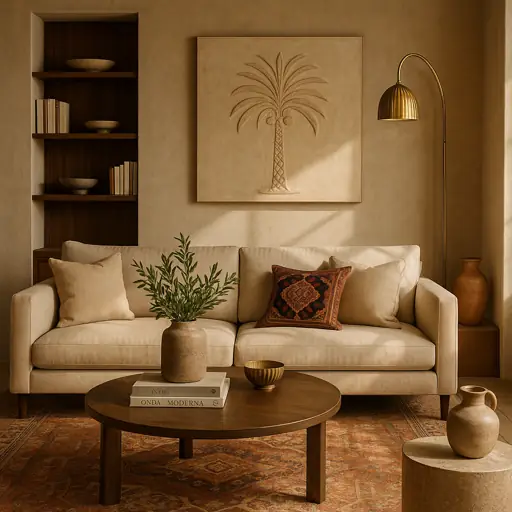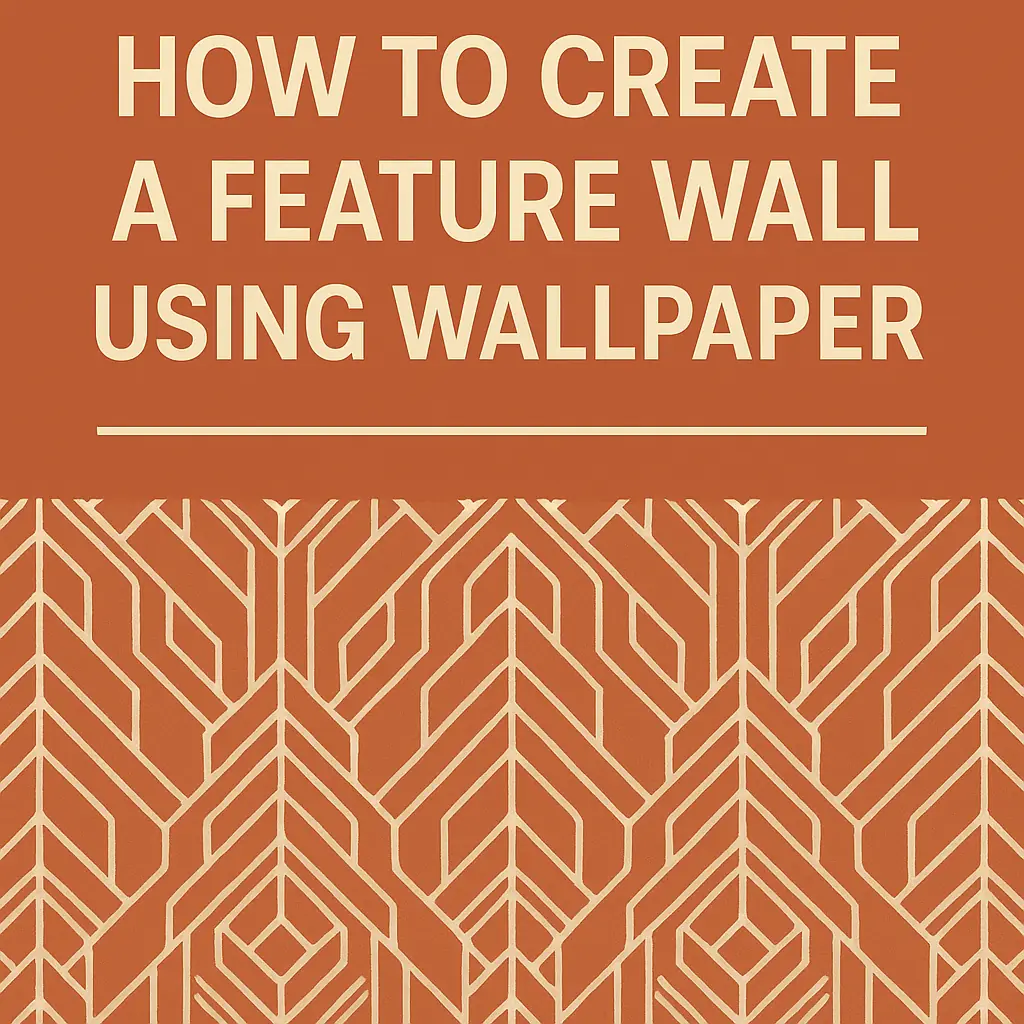Interior Styling Tips from Designers: What We Always Recommend

Interior styling is what gives a space its personality. While layout and architecture set the foundation, it’s the styling that breathes life and soul into a room. At Jidar, our designers rely on a consistent set of principles to transform any space—whether it’s a residential lounge or a hospitality suite—into something both functional and beautiful. Here’s what we always recommend.
Every successful styling process begins with a clear vision. Before adding any accessories or accents, it’s essential to define the mood and direction of the space. This includes setting a consistent color palette, understanding the function of the room, and knowing what feeling you want it to evoke. Whether you aim for a minimalist aesthetic or a rich, layered look, having this clarity from the beginning keeps your styling decisions cohesive.
One of the most effective ways to create visual interest is by layering textures. A combination of materials like soft linen, smooth leather, rough jute, and warm wood brings depth and richness to a room. For example, a linen sofa topped with velvet cushions instantly looks more inviting, while a woven rug under a sleek table creates a beautiful contrast that feels both natural and intentional.
Rugs, in particular, play a major role in defining zones within a space. In open-plan homes or large hotel suites, designers use rugs to anchor different functional areas. In a living room, the rug should be large enough to tuck under the front legs of the furniture, helping to unify the arrangement. In dining spaces, it should comfortably accommodate pulled-out chairs, and in bedrooms, it adds softness around the bed while visually grounding the layout.
When arranging accessories, we often follow the “rule of three.” This principle suggests that grouping items in odd numbers—especially threes—creates a more appealing visual rhythm. For example, a coffee table might feature a vase, a candle, and a decorative bowl of a different height or texture. The same rule can be applied to shelving, sideboards, and even wall art.
Natural elements are always part of our design equation. We love using greenery, wooden objects, clay pots, or even stone trays to add an organic feel. These elements don’t just bring the outside in—they introduce a grounding quality that softens modern interiors and complements traditional ones.
Designers are also careful not to overcrowd. More is not always better. A carefully curated collection of meaningful pieces will always feel more sophisticated than cluttered surfaces. Leaving space around objects allows the eye to rest and gives each item more presence. It also makes the room feel larger and more serene.
Personal touches are where a home truly begins to reflect its owners. While styling, we always try to incorporate personal objects—whether it’s framed photos, handmade art, travel mementos, or books with sentimental value. These pieces add layers of meaning to the space and keep it from feeling like a showroom.
Balance is another core styling principle. While symmetry can be visually pleasing, especially in traditional spaces, we often lean toward balance over perfect mirroring. This means mixing shapes, sizes, and materials so that the composition feels dynamic yet stable. A tall plant might be balanced by a group of shorter, wider items on the opposite side of a console, creating equilibrium without uniformity.
Lighting is the unsung hero of good styling. We recommend layering three types of lighting: ambient lighting like ceiling fixtures or track lights, task lighting such as reading lamps or pendants over work areas, and accent lighting that highlights artworks or creates a soft glow. Warm-toned bulbs make the space feel cozier, and dimmable lights give you control over mood and atmosphere.
Finally, designers often refresh a space with seasonal updates. These don’t have to be major changes. Swapping out pillow covers, replacing the centerpiece on the dining table, or introducing a new throw or small rug can subtly shift the feel of a room.
FAQs
What’s the most important styling tip for small spaces?
Use multi-functional furniture and avoid over-accessorizing. Choose fewer, well-chosen pieces to avoid visual clutter.
How do I choose the right accessories for my space?
Stick to your color palette and style direction. Choose items that vary in shape and height, and include at least one natural or handmade element.
Can I mix different interior styles when styling?
Yes, but aim for cohesion. Stick to a unified color palette or repeating textures to tie different styles together.
How often should I update my interior styling?
Seasonal updates are enough for most homes. Swapping out small accessories like cushions, throws, or artwork can refresh the look without a full redesign.

We Operate In Dubai.
We look forward to working with you and creating a stunning home that you and your family will love for years to come!



